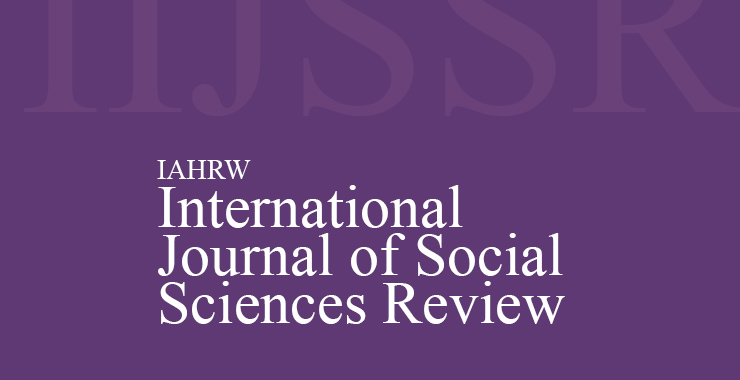Cue Sensitivity, Smoking Urges, and Emotional Regulation among Young Adults
Original price was: ₹ 201.00.₹ 200.00Current price is: ₹ 200.00.
Page: 300-303
Nandini and Tintisha Basu (Department of Psychology, Chandigarh University, Punjab)
Description
Page: 300-303
Nandini and Tintisha Basu (Department of Psychology, Chandigarh University, Punjab)
Tobacco smoking is a significant public concern, especially among young adults aged 18-25 years, as they are highly vulnerable to environmental cues and emotional fluctuations. The current study navigates three fundamental psychological constructs- cue sensitivity, smoking urges, and emotional regulation among this group to understand their relationship and evaluate the gender-based differences. Regardless of the global efforts towards smoking cessation, the increasing trends in smoking urges among young adults are ongoing, highlighting the necessity for more comprehensive research. This study aims to explore the interrelationship between cue sensitivity and smoking urges and the influence of emotional regulation in this regard, measuring among male and female subjects. Applying an ex-post facto research design, data were collected using a convenience sample of 300 subjects divided equally among males and females and standardized psychometric tests, namely QSU-brief (Cox, Tiffany, & Christen, 2001); ERQ (Gross & John, 2003); and a self-report measure known as SCSQ, a closely related measure of this was used by Kang et al. (2017). Considering the non-normal distribution of data, non-parametric statistical tests such as Spearman’s correlation and the Mann-Whitney U test were employed. The results indicated a strong positive relationship between cue sensitivity and smoking urges, making a significant negative impact on emotional regulation. The gender differences were also observed with increased urges and cue sensitivity among males and better emotional regulation among females. These findings highlight the need for gender-sensitive and psychologically based interventions focused on controlling smoking behavior among young adults.

